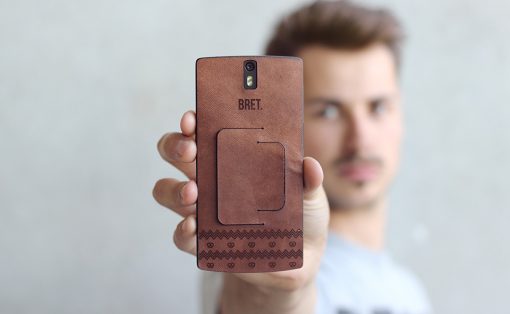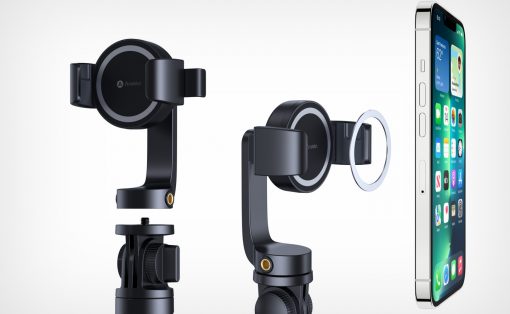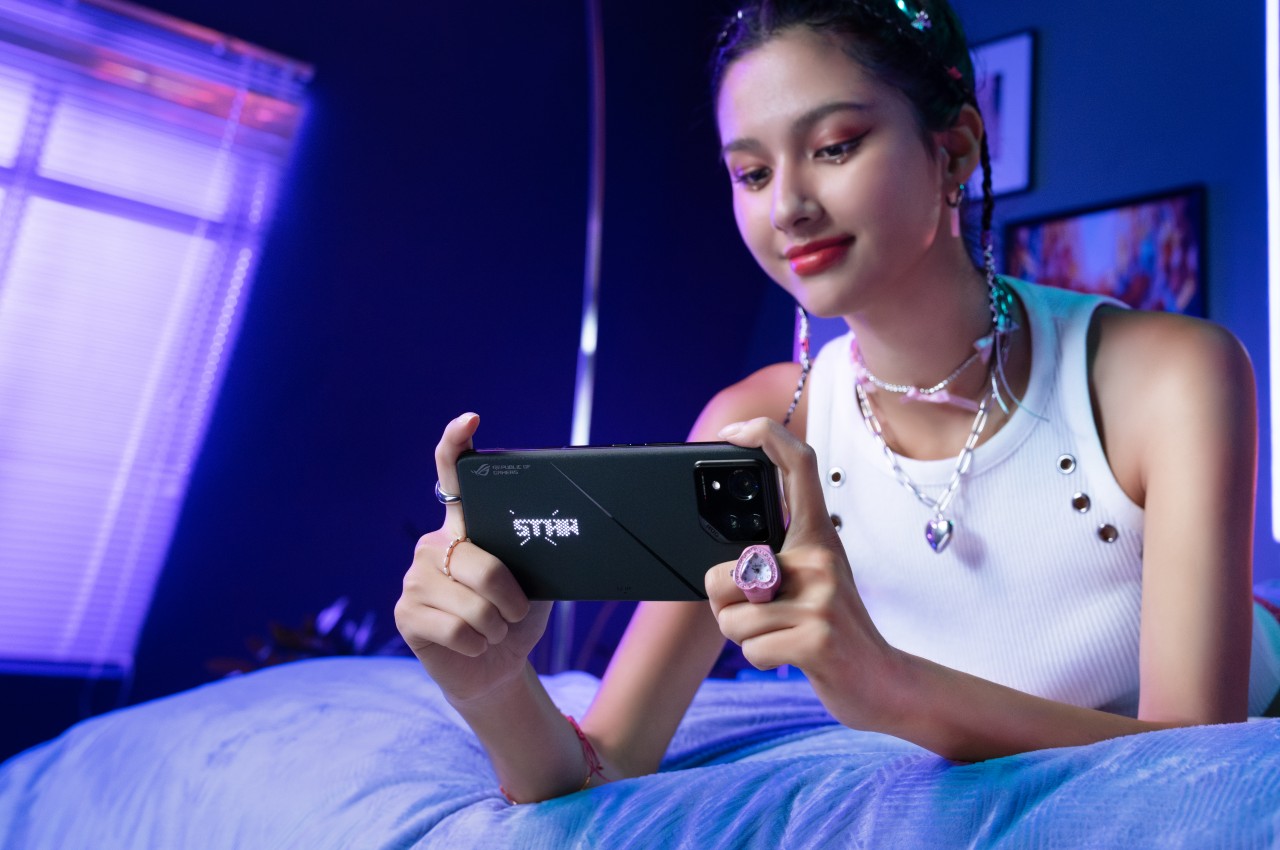
What is a gaming phone? Since most smartphones can actually handle mobile games, especially the more expensive models, this breed of smartphones differentiates itself from the rest of the crowd with over-the-top performance and, more often than not, over-the-top aesthetics as well. Whether it’s in the form of flashy RGB lighting or an abundance of geometric shapes, the stereotypical gaming phone leaves no room for doubt that these gadgets are miniature versions of gaming desktops and laptops that grab people’s attention one way or another. Great for hardcore gamers who have embraced that aesthetic, not so much for others who want a gaming-worthy phone they can use everywhere as well. That’s the kind of redesign that the new ROG Phone 8 is now carrying, bringing its unparalleled performance for a wider audience to enjoy.
Designer: ASUS Republic of Gamers

There isn’t going to be any debate on the merits of the ROG Phone 8’s gaming prowess. Powered by the latest Qualcomm Snapdragon 8 Gen 3 processor and paired with the fastest memory and storage technologies in the market, it can handle any mobile game currently in existence and then some. The large 6.78-inch AMOLED display promises bright images even under sunlight, and an equally large 5,500mAh battery guarantees hours of enjoyment of games and streaming videos. Those specs are on par with most gaming phones of this caliber, but, for the first time, ROG is adjusting its specs and design to match what not just gamers but also the masses want.
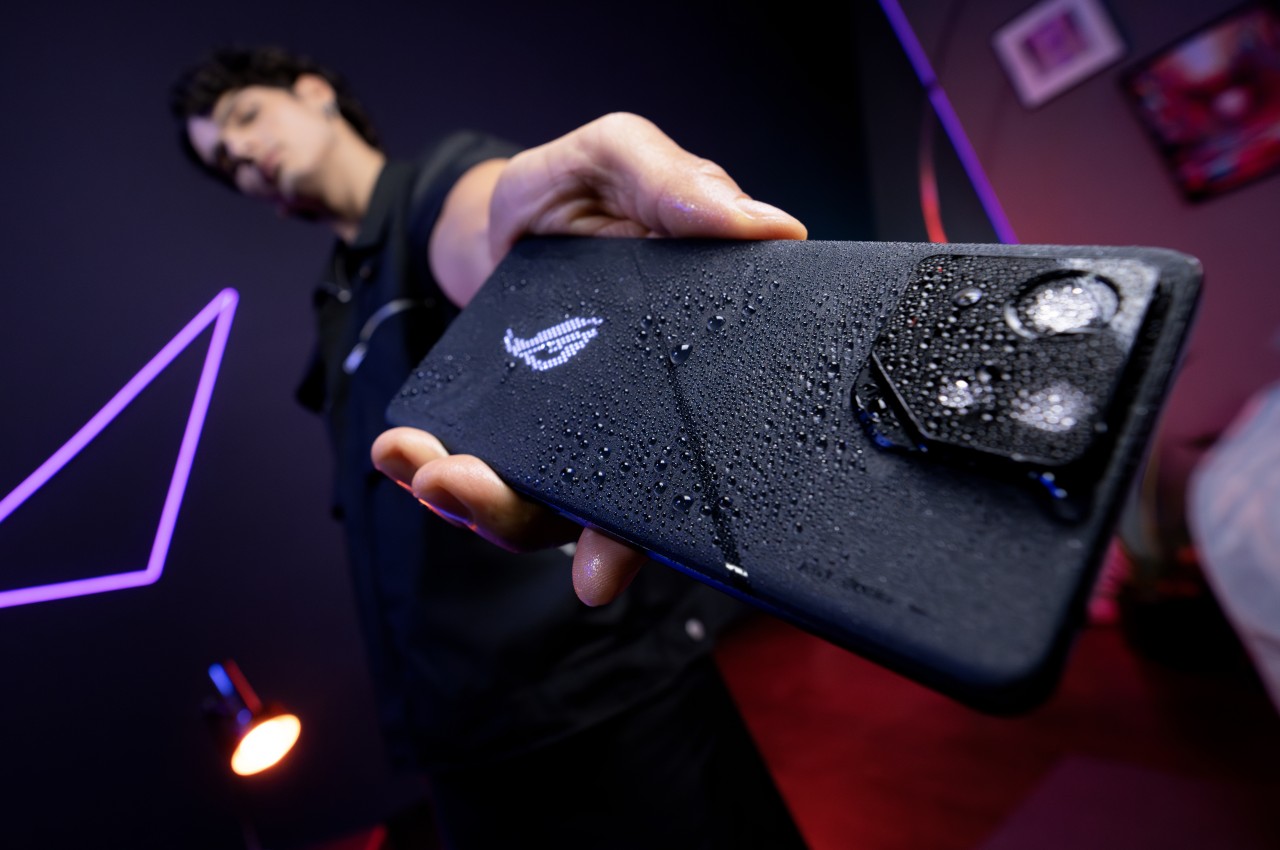
For example, it has a more powerful camera system now, with a 50MP main Sony sensor joined by a surprising 32MP telephoto camera with 3x optical zoom. This is a huge step up from the macro shooter that the brand usually puts on its gaming phones, though the 13MP ultra-wide camera is still minimally decent. ROG has also ensured the durability of the ROG Phone 8 by giving it IP68 dust and water resistance, the first gaming phone to receive this certification. That’s thanks to a cooling system and thermal design that doesn’t require a tiny fan inside, though ASUS ROG will try to convince owners to buy and use the AeroActive Cooler X attachment as well.
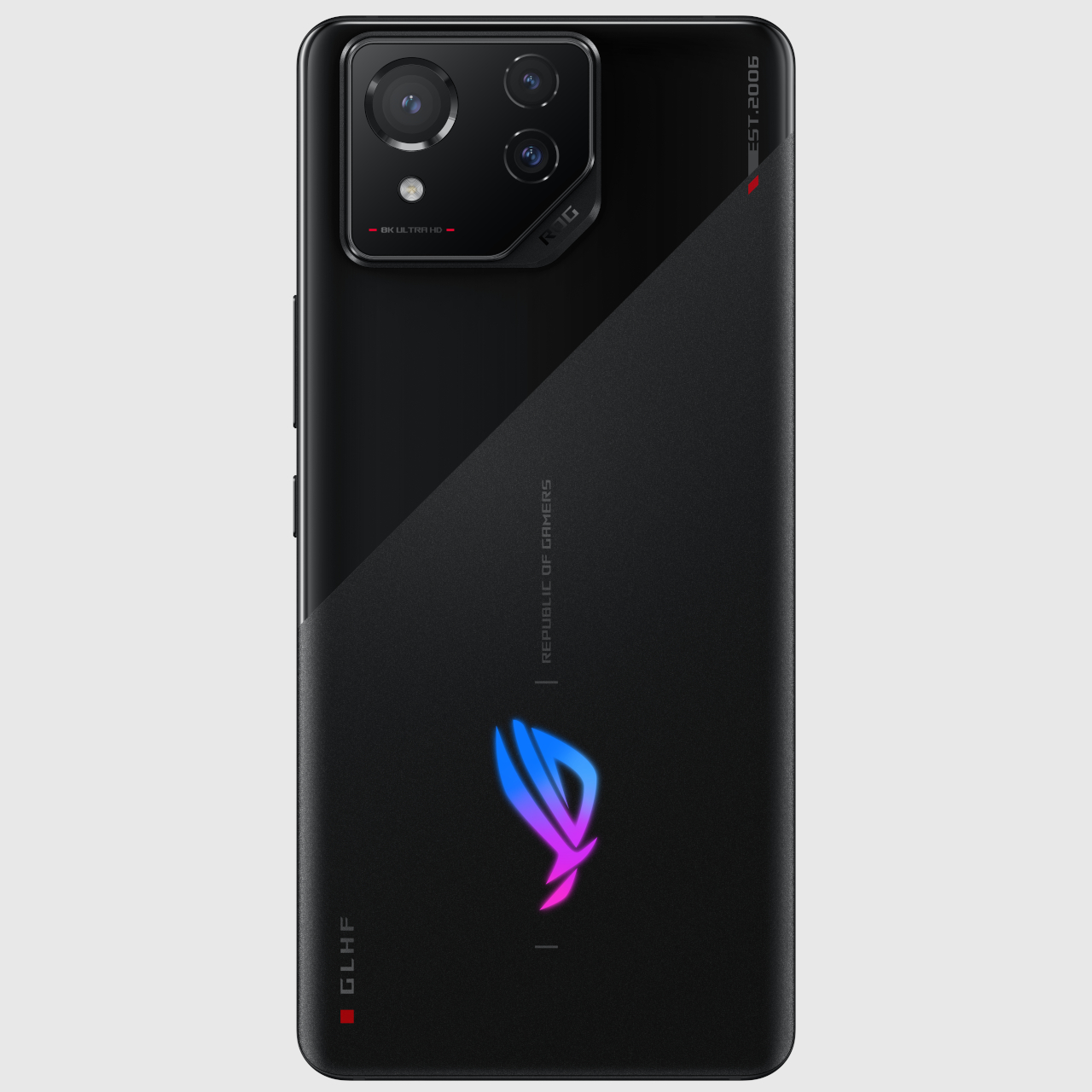
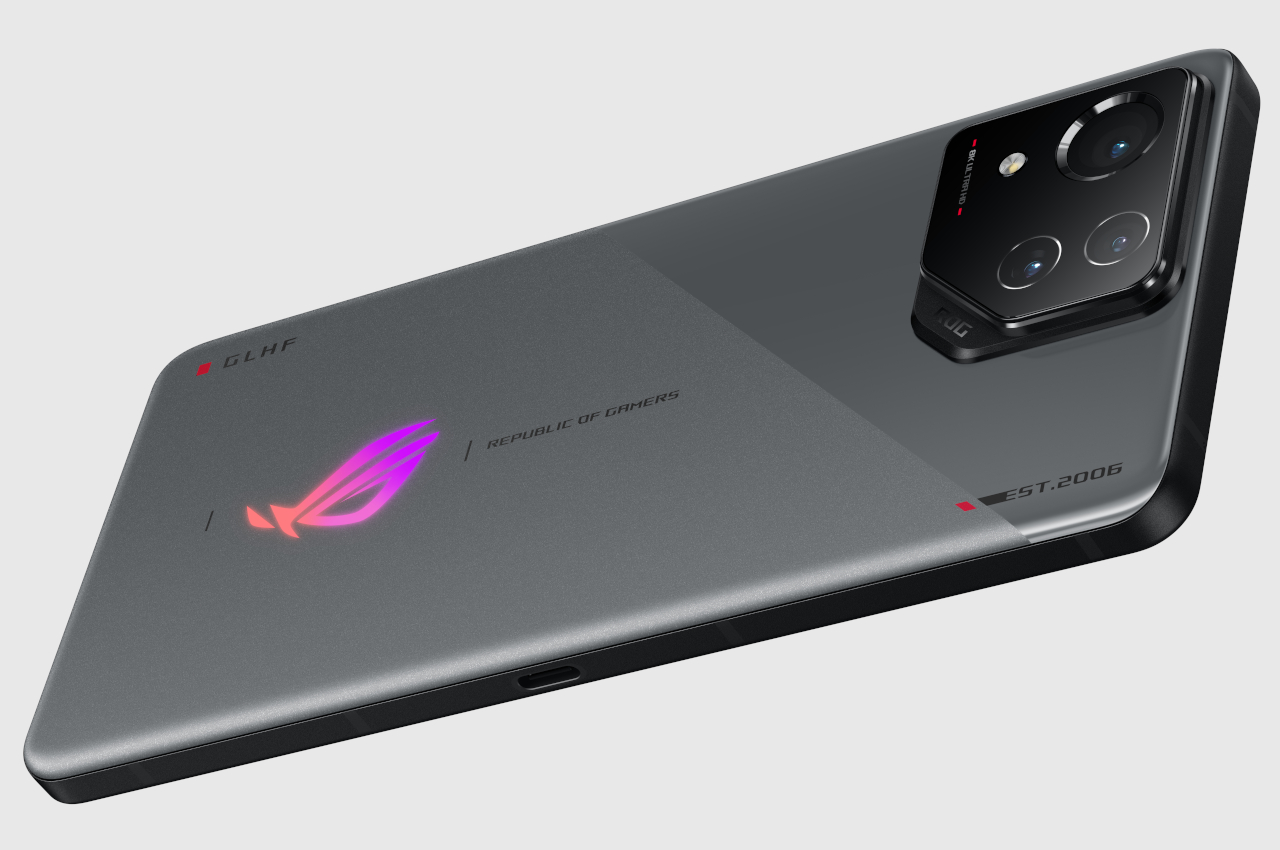
The biggest change, however, is also the most obvious. Gone are the sci-fi-like design of the previous ROG phones, replaced by an aesthetic that still looks sleek and stylish but also cleaner. The pentagon-shaped camera island is off to the side, similar to many camera designs these days, and the back sports a dual-tone tone color theme, depending on the colorway. That’s not to say that the ROG Phone 8 completely ditches the hallmarks of gamer aesthetics, as the base model still has a customizable Aura RGB Lighting on the ROG logo. The ROG Phone 8 Pro, on the other hand, gets an “AniMe Vision” Mini LED display composed of 341 lighting elements that can display preset or custom animations.
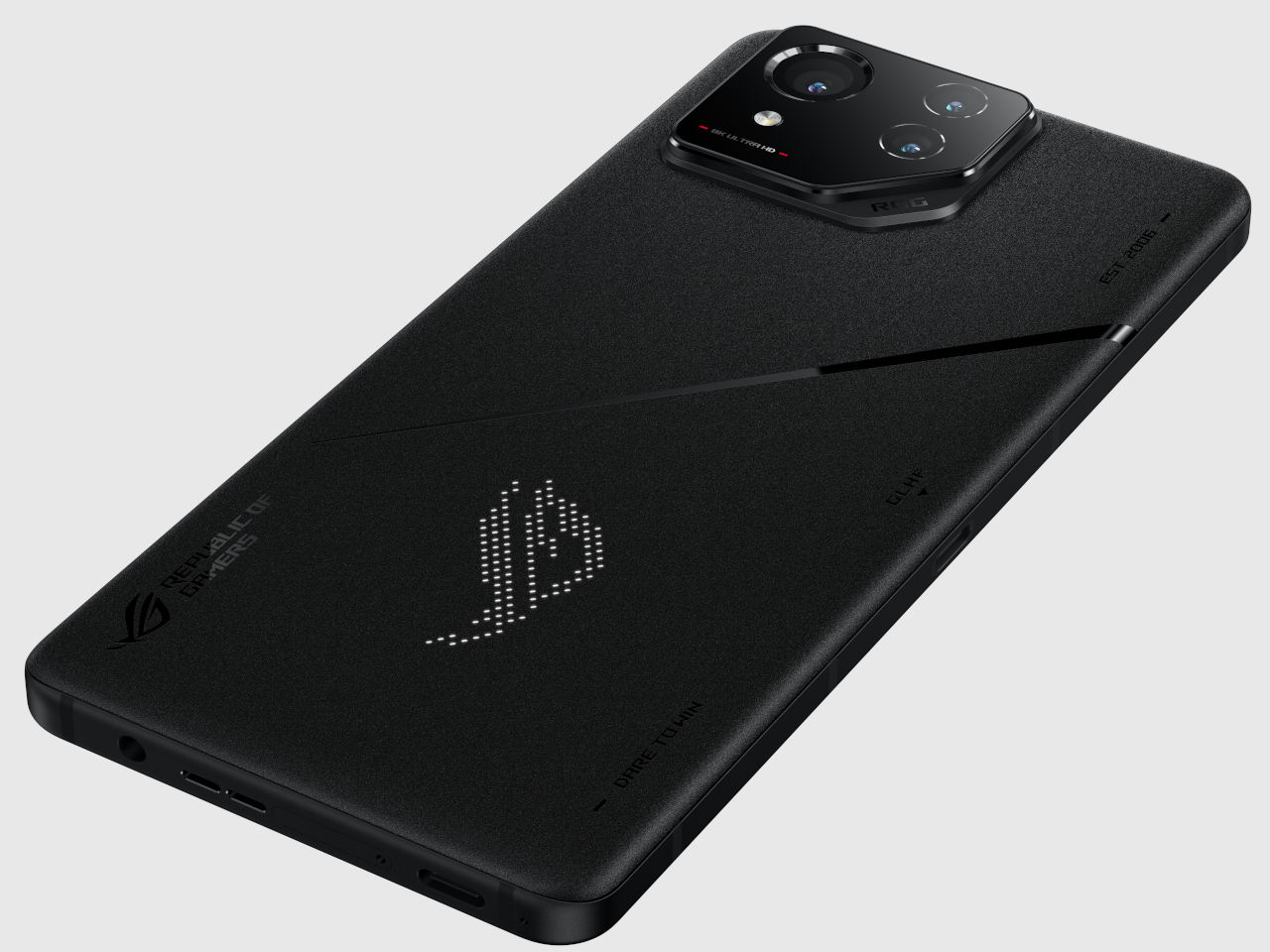
It remains to be seen whether the ROG Phone 8’s sudden change of direction will help it appeal to more customers beyond the gamer crowd, or if it will actually turn gamers away toward competing brands. Suffice it to say, it’s a bold new design for a gaming phone, one that still packs the power that gamers require, now wrapped in a stylish design that could appeal to everyone as well. The ASUS ROG Phone 8 will be available in Q1 2024 with an SRP of $1,099 for the base model, $1,199 for the ROG Phone 8 Pro, and $1,499.99 for the ROG Phone 8 Pro Edition that includes the AeroActive Cooler X in the box.






